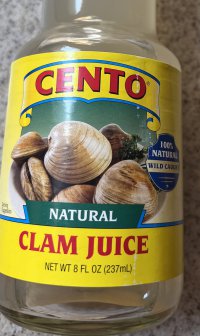Rinse & rePeat
Member
- Joined
- Mar 10, 2021
- Messages
- 21,516
“Comparing diets with 20% of the calories from fructose or from cornstarch, Holbrook, et al. (1989) concluded "The results indicate that dietary fructose enhances mineral balance." Ordinarily, things (such as thyroid and vitamin D) which improve the retention of magnesium and other nutrients are considered good, but the fructose mythology allows researchers to conclude, after finding an increased magnesium balance, with either 4% or 20% of energy from fructose (compared to cornstarch, bread, and rice), "that dietary fructose adversely affects macromineral homeostasis in humans." (Milne and Nielsen, 2000).Another study compared the effects of a diet with plain water, or water containing 13% glucose, or sucrose, or fructose, or high fructose corn syrup on the properties of rats' bones: Bone mineral density and mineral content, and bone strength, and mineral balance. The largest differences were between animals drinking the glucose and the fructose solutions. The rats getting the glucose had reduced phosphorus in their bones, and more calcium in their urine, than the rats that got fructose. "The results suggested that glucose rather than fructose exerted more deleterious effects on mineral balance and bone" (Tsanzi, et al., 2008).An older experiment compared two groups with an otherwise well balanced diet, lacking vitamin D, containing either 68% starch or 68% sucrose. A third group got the starch diet, but with added vitamin D. The rats on the vitamin D deficient starch diet had very low levels of calcium in their blood, and the calcium content of their bones was low, exactly what is expected with the vitamin D deficiency. However, the rats on the sucrose diet, also vitamin D deficient, had normal levels of calcium in their blood. The sucrose, unlike the starch, maintained claim homeostasis. A radioactive calcium tracer showed normal uptake by the bone, and also apparently normal bone development, although their bones were lighter than those receiving vitamin D.” -Ray Peat







